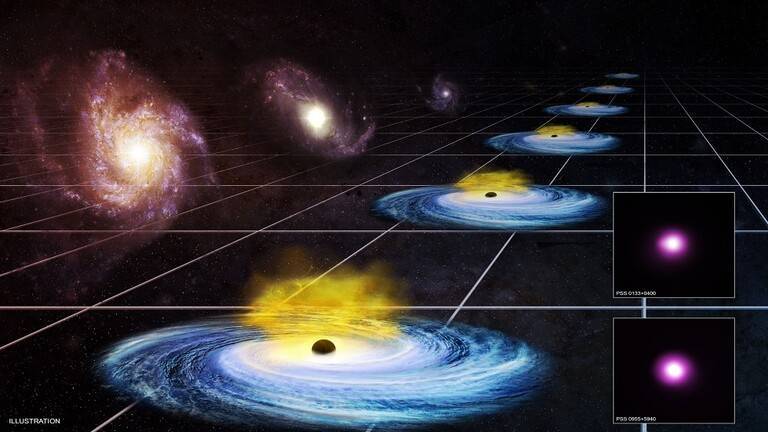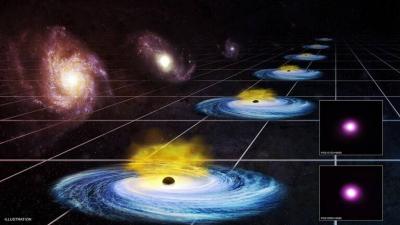Russian and Indian scientists have analyzed the latest measurements of the "echoes of the Big Bang" from the eBOSS astronomical survey project and concluded that the expansion of the universe can be explained by the existence of only one form of dark energy. This was announced on Wednesday, December 21, by Alexei Starobinsky, the senior researcher at the Institute of Theoretical Physics of the Russian Academy of Sciences. He stated, "The measurements of the acoustic oscillations of the echoes of the Big Bang suggest that the expansion of the universe can be entirely explained by the existence of a single form of dark energy, which is an integral part of the 'Einstein cosmological constant' framework."
Starobinsky added that the increased precision and depth of the eBOSS survey along with data from the European EUCLID probe will clarify this assessment. The Russian astronomer noted that cosmologists and astrophysicists have recently become interested in how the process of cosmic expansion proceeds and the phenomena that contribute to it. This scientific interest stems from a discovery made five years ago by Adam Riess, a Nobel laureate, and his colleagues, which indicated that the rate of expansion of the universe's boundaries varies significantly between the early and present-day universe.
Scientists have questioned the processes that could lead to this phenomenon if it were not a result of errors in operating telescopes, data processing mistakes, or incompleteness. Some theorists have specifically hypothesized that this anomaly indicates either instability in dark matter or the existence of another form of dark energy that existed only in the early epochs of the universe's life.
Starobinsky and his Indian colleagues conducted a theoretical test to determine whether there are additional forms of dark energy or other forces influencing the so-called cosmological constant, as a specific part of Einstein's equation and a critical point in general relativity theory, which describes the properties and behavior of dark energy. The researchers developed a method to precisely calculate the value of Einstein's cosmological constant from what are called baryon acoustic oscillations. These oscillations spread throughout the universe during its early moments and played a significant role in forming the "cosmic web" of galaxies and the filaments of dark matter that connect them.
Starobinsky and his colleagues used data about these ancient oscillations, recently collected using various ground-based and space telescopes as part of the international eBOSS project, which aims to study the effects of baryon acoustic oscillations preserved in the distribution of galaxies and other celestial bodies located up to 11 billion light-years away from the Milky Way.
The calculations showed that the results from the eBOSS astronomical survey correspond almost 100% with the existence of a single form of dark energy that governs the expansion process of the universe's boundaries. Starobinsky and his colleagues hope that final confirmation of this will be obtained after the launch of the European space observatory "Euclid" next year.




